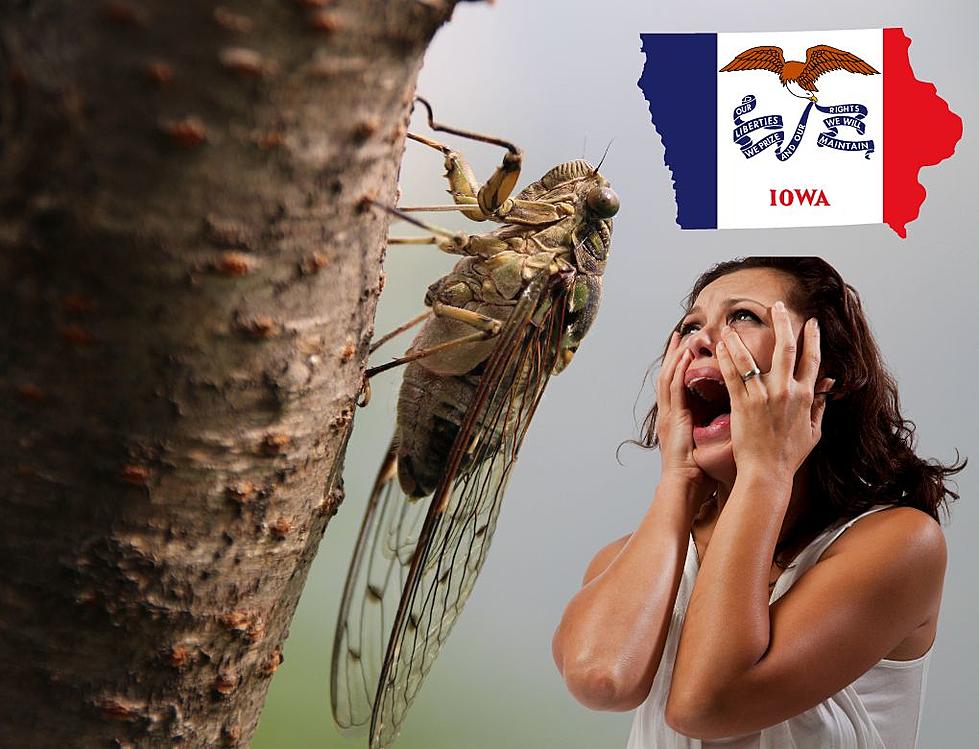
Farm News, Wednesday August 31, 2016
Falling Food Prices Hurt Farm Belt
The U.S. is on pace to continue the longest stretch of falling food prices in over 50 years. While the lower prices are a boon to shoppers, it’s putting serious pressure on the farm economy. The Wall Street Journal says reasons behind the lower prices start with excess production in several ag sectors, including dairy, meats, grains, and other staples. The trend is also being fueled by lower overseas demand from China and elsewhere due to a stronger dollar. Around the country, the price for a gallon of milk fell 11 percent from last year to $3.06 in July. The price for a dozen eggs fell 40 percent to $1.55 in the same period. As farmers get less money for products like raw milk, cheese, and cattle, they’re slashing spending. In turn, that creates a ripple effect to companies like John Deere, who are cutting production due to the farming slump. Economists feels the price slump could last at least through the end of the year. The current food price slump could beat the nine months of declines seen back in 2009-2010. Incidentally, the falling price of food is taking its toll on the nation’s grocery stores, which have thin profit margins to begin with.
Farm Futures Releases 2017 Planting Intentions
Farm Futures recently completed its first producer survey of planting intentions for 2017. Farm Futures expects producers to boost soybean plantings because of strong demand and hedging opportunities on this year’s crop. Growers said they’re considering 84.4 million acres of soybeans for next year, which is one percent higher than this year’s plantings. Lower prices for corn may cause farmers to cut corn planting back next year to 93.1 million acres. That number is down one percent from this year. Wheat seedings will likely drop for the fourth consecutive year thanks to low prices. Producers told Farm Futures they would plant 49.1 million acres next year, a 3.4 percent drop, and that total would be the lowest since 1970. In addition to soybeans, the two other crops that could pull acres away from corn are cotton and sorghum. Plantings for both crops are expected to be around one percent higher next year.
Source: NAFB News
More From AM 950 KOEL
![John Deere’s Biggest Tractor Will Be Built In Waterloo [PHOTOS]](http://townsquare.media/site/726/files/2024/02/attachment-Waterloo-Tractor-1.jpg?w=980&q=75)
![Eastern Iowa FFA Chapter’s ‘Tractor’ Video Goes Viral [WATCH]](http://townsquare.media/site/675/files/2024/02/attachment-tractors.jpg?w=980&q=75)





![Game-Changer Alert: ISU’s Viral Pork Campaign Just Got Even Better [WATCH]](http://townsquare.media/site/726/files/2023/11/attachment-cook-moore-hamman.jpg?w=980&q=75)

